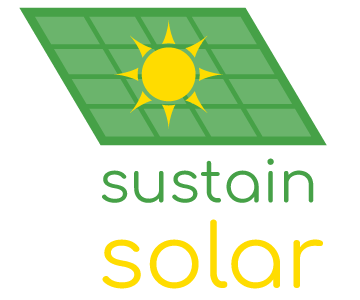Sustain are such massive advocates of solar PV because the technology is predominately suitable for a variety of properties throughout the United Kingdom. Large or small, domestic or commercial, ground-based or on a property, solar PV could be the solution for your electricity requirements.
In an ideal scenario, the perfect roof for solar PV is relatively large, south facing and has an angle of between 30º and 45º. However, the beauty of solar PV is that with the right specification and expert design even non-perfect roofs will achieve fantastic results.
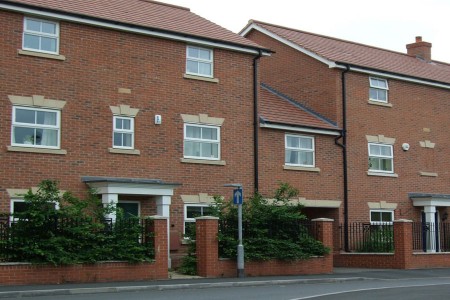
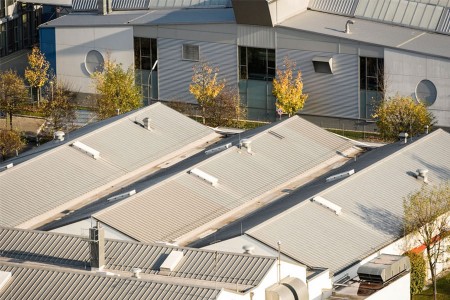
We’ve put some details together to help you with whether your property is suitable for solar PV, but in the finality if you have some specific questions contact us today for more information.
Here are some basic considerations:

Roof Orientation
The direction your property faces will determine how much sunlight it gets throughout the day. The closer the roof is to south the better to maximise efficiency. As such, if your panels are mounted on a roof facing south, south west or south east the efficiencies will be good. We have come across many clients who are surprised to learn that panels facing east or west only lose about 15% of the output.
For flat roofs, especially those on commercial roofs the mounting systems can be installed in such a way to capitalise on the sunlight, thereby delivering optimum efficiency in many circumstances. If we can position the panels to face due south this will provide exceptional efficiencies and a fantastic return on investment.
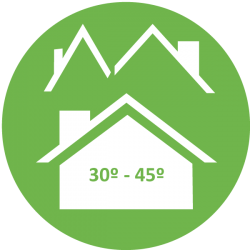
Roof Angle
To obtain optimum efficiency the best angle is between 30º and 45º but there are instances where panels can be mounted at an angle of 15º to 50º. If your roof does not fall within these ranges, the panels will start to lose performance.
For a flat roof installation, we will install a mounting system on the roof to raise the panels to the optimum angle. As part of this process there are some specific considerations, including planning applications and checks to ensure the roof will cope with the extra weight of the solar PV system. Of course, we will help clients with any of the detailed processes required for these projects.
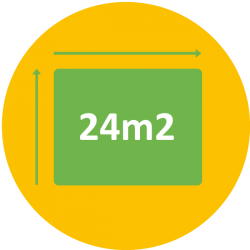
Roof Area
It is essential that you have sufficient space on your roof, somewhere in the region of 24 square metres to fit a decent sized domestic solar PV system. The area surrounding the roof should be free from shading. Trees, chimneys or other buildings should ideally not block any light from hitting the panels.
If the space available on the roof is not sufficient another option would be to have fewer panels that are more efficient. Following the site survey and initial investigations, Sustain will be able to ascertain whether a solution similar to this would be applicable.

Roof Structure
One single solar panel on its own is not heavy, but a complete solar array, together with the mounting frames can weigh over 250kg for a typical domestic solar PV system. It is very unlikely that we will come across a roof that is not able to support the weight of the solar PV system, however it is essential that we assess the roof structure and strength as part of the survey process.
For commercial roofs, further investigations may be required as part of a comprehensive survey process but in a similar vein to domestic roofs, there are usually very few complications.
Energy Performance Certificate
On 1st April 2012, the government made some significant changes to the way in which the feed in tariff operates. Only homes with an energy performance certificate (EPC) rating of D or above are permitted to claim the full benefits of the feed in tariff.
The government has made conservative estimates, which suggest that approximately half of UK homes meet grade D. There is still a considerable amount of housing stock, including older buildings in particular that require modifications to improve energy efficiency. Some of the ways in which you can make improvements include a new boiler and insulation.
If you install a solar PV system however, it counts as 1 point under the new regulations and as such it is enough to take you into the next band. Therefore, if your property is currently rated E, you should apply for your EPC following the installation of a solar PV system. If you follow this process, your property should then be rated D.
Energy performance certificates were previously part of the home information pack, which has been scrapped. You may already have an energy performance certificate, but if you don’t Sustain are on hand to support you where necessary. We can take you through the details over the phone and give you all the guidance that you require.
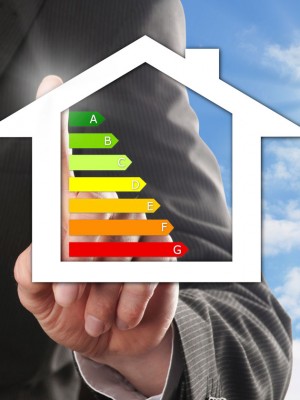
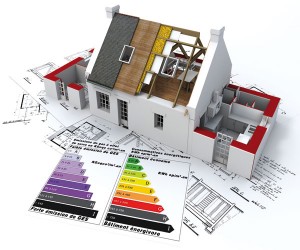


Property Location
The further south you are in United Kingdom, the more light that will hit your solar PV panels. While solar PV is very popular in the south, it is still possible to achieve good performance and therefore significant financial returns further north. We’ve installed solar PV throughout United Kingdom, including installations in Scotland.
To calculate the energy output of your solar PV system we follow the recommendations of the Building Research Establishment (BRE) and use the Standard Assessment Procedure (SAP) provided by the government.
While these systems deliver useful information and good estimates for your system, they don’t take into account the location of the property. As such, you may find that if you live in the South, you will receive a better performance than the estimates.
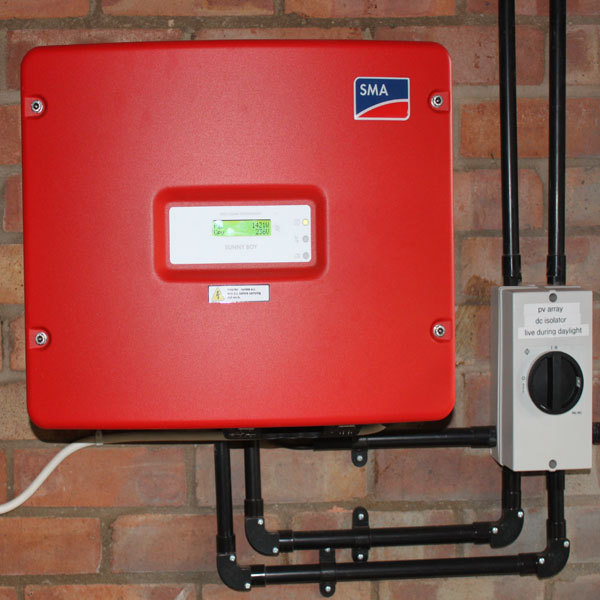 The inverter is the largest piece of equipment that needs to be installed inside the property. Ideally, there needs to be a clear space around it for cool air to circulate, so we recommend a space of approximately 1 m². The inverter is typically installed in the loft, as this reduces the amount of cable to run from the solar PV system to the inverter. Another ideal location for the inverter would be a garage which is attached to the property as it will be accessible but out of the way.
The inverter is the largest piece of equipment that needs to be installed inside the property. Ideally, there needs to be a clear space around it for cool air to circulate, so we recommend a space of approximately 1 m². The inverter is typically installed in the loft, as this reduces the amount of cable to run from the solar PV system to the inverter. Another ideal location for the inverter would be a garage which is attached to the property as it will be accessible but out of the way.
In ideal circumstances there should be space next to your existing meter or consumer unit. We will need to install a separate consumer unit, potentially, if there is no room within the current consumer unit, an isolator and a generation meter. We will typically mount any of this new equipment on a board which is attached to the wall.
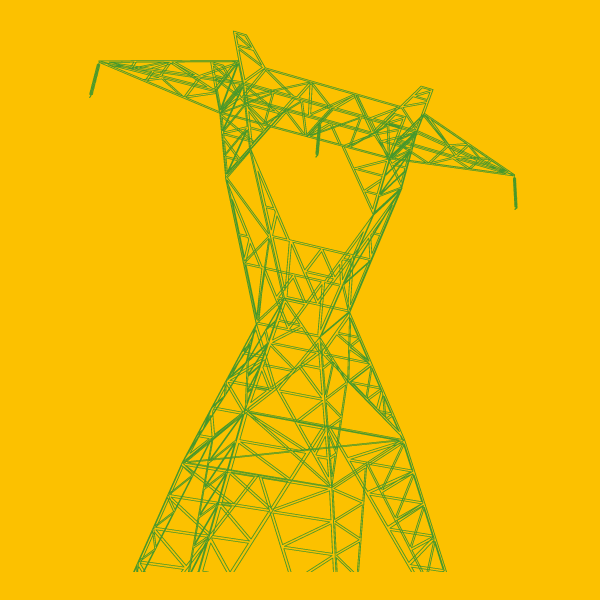 Most domestic properties have a single-phase connection, which will support a solar PV system of up to 4kWp. A system of this size is usually the maximum size for a domestic property.
Most domestic properties have a single-phase connection, which will support a solar PV system of up to 4kWp. A system of this size is usually the maximum size for a domestic property.
For larger solar PV systems it may be necessary to seek permission from the distribution network operator (DNO), given that the electricity production is greater and more electricity is likely to be directed back to the grid.
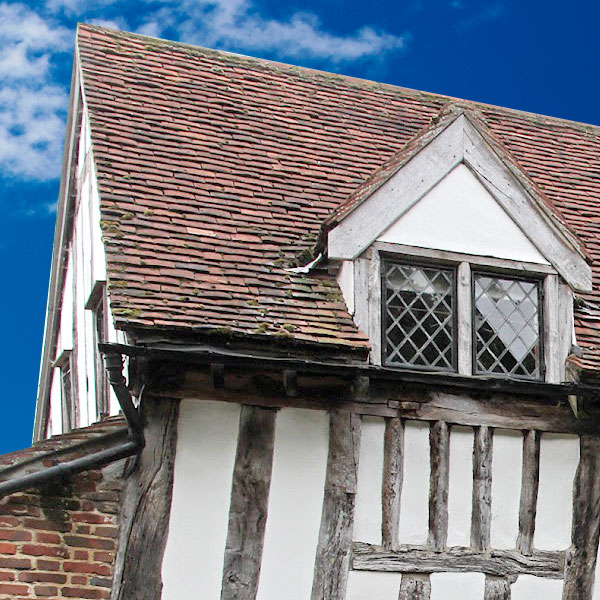 The status of listed buildings within United Kingdom may pose one or two issues in relation to the installation of a solar PV system. The necessary alterations to the property may not be possible and due to the age of the property the roof structure may not be strong enough to support a solar PV system. Each scenario is different and we will have to assess the property in detail before making any recommendations.
The status of listed buildings within United Kingdom may pose one or two issues in relation to the installation of a solar PV system. The necessary alterations to the property may not be possible and due to the age of the property the roof structure may not be strong enough to support a solar PV system. Each scenario is different and we will have to assess the property in detail before making any recommendations.
